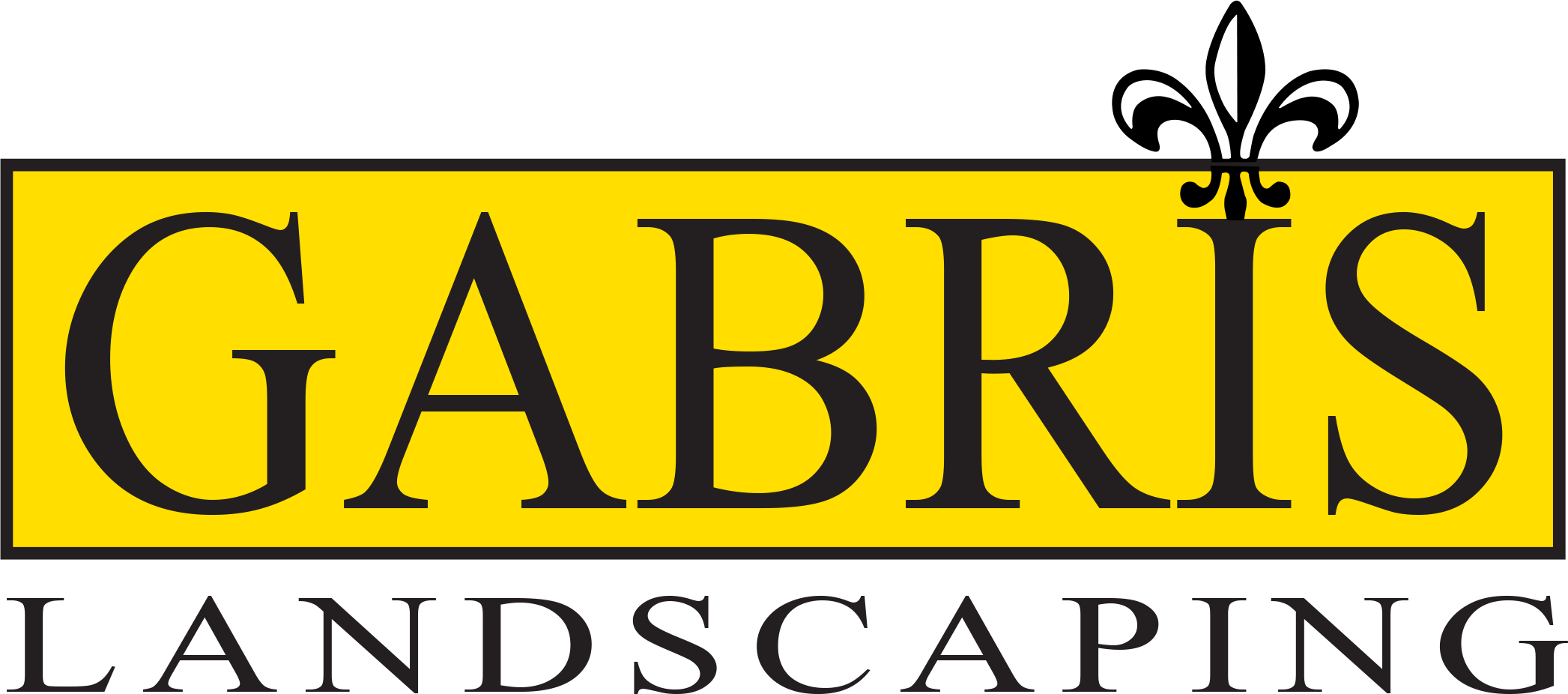20+ Years Creating Beautiful Lawns & Landscapes in the 417 Area
Transform your outdoor space with Gabris Landscaping’s proven expertise. From weekly lawn care to complete landscape transformations, we deliver exceptional results that enhance your property’s beauty and value throughout Springfield, Nixa, and Ozark.
About Us
Welcome To Gabris Landscaping!
Gabris Landscaping’s foundation rests on three pillars: exceptional customer service, unwavering dependability, and superior workmanship. We’ve built our reputation as Springfield, Missouri’s comprehensive landscape solution, combining extensive knowledge with unmatched service quality. Our team includes ISA Certified Arborist Jeffrey R. Gabris (MW-5363A), a Licensed Pesticide Applicator, and a Certified Backflow Prevention Device Inspector. As your complete landscape maintenance and installation partner, we’re equipped to handle every aspect of your outdoor vision.
Lawn Care & Maintenance

Our lawn care crews provide mowing, lawn applications and leaf clean-up services. We will leave a healthy lawn.
Landscape Design & Installation

A well-designed landscape can save you money on heating in the winter and air conditioning in the summer.
Hardscape Design
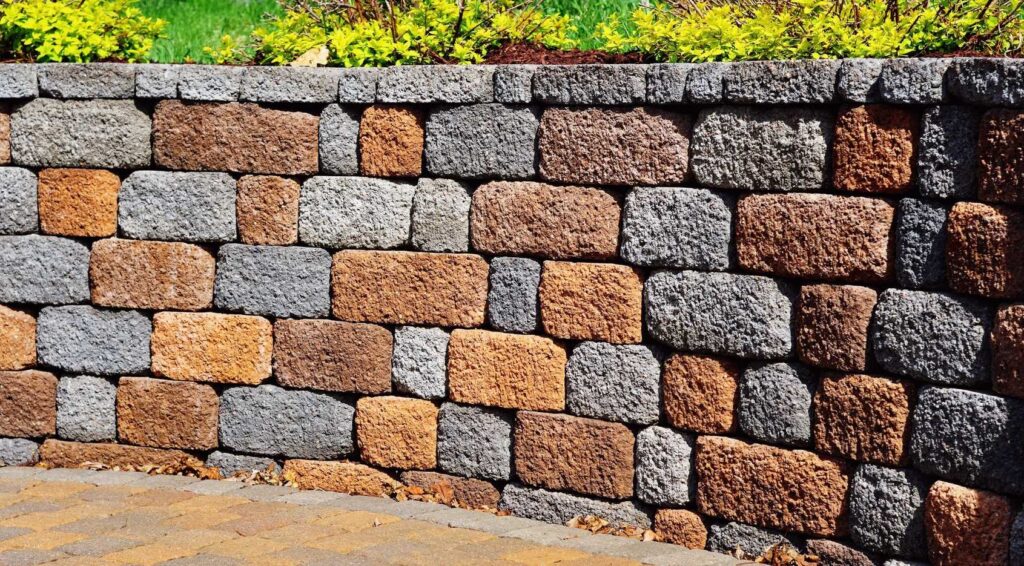
Irrigation & Drainage

Let Gabris help you with your irrigation and drainage installation and maintenance problems such as backflow testing, winterization and irrigation troubleshooting.
Tree & Plant Care
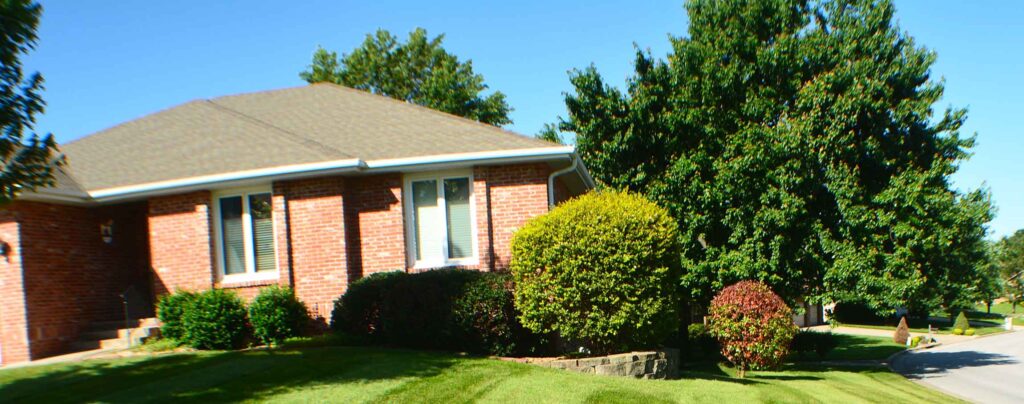
Let Gabris help you with your irrigation and drainage installation and maintenance problems such as backflow testing, winterization and irrigation troubleshooting.
Ongoing Maintenance
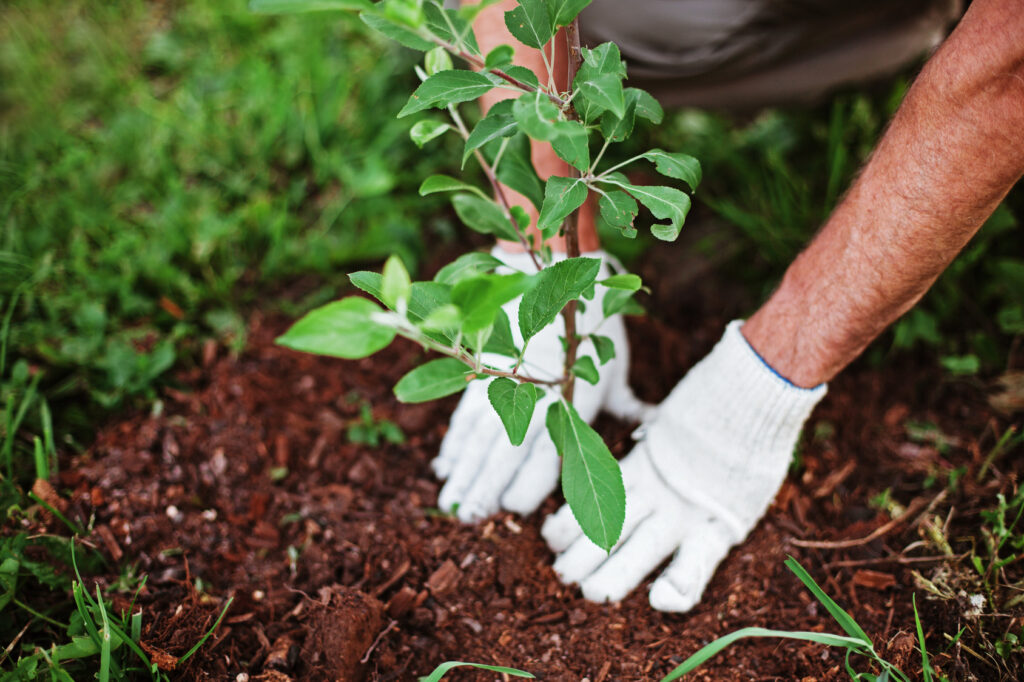
Winter Care Services
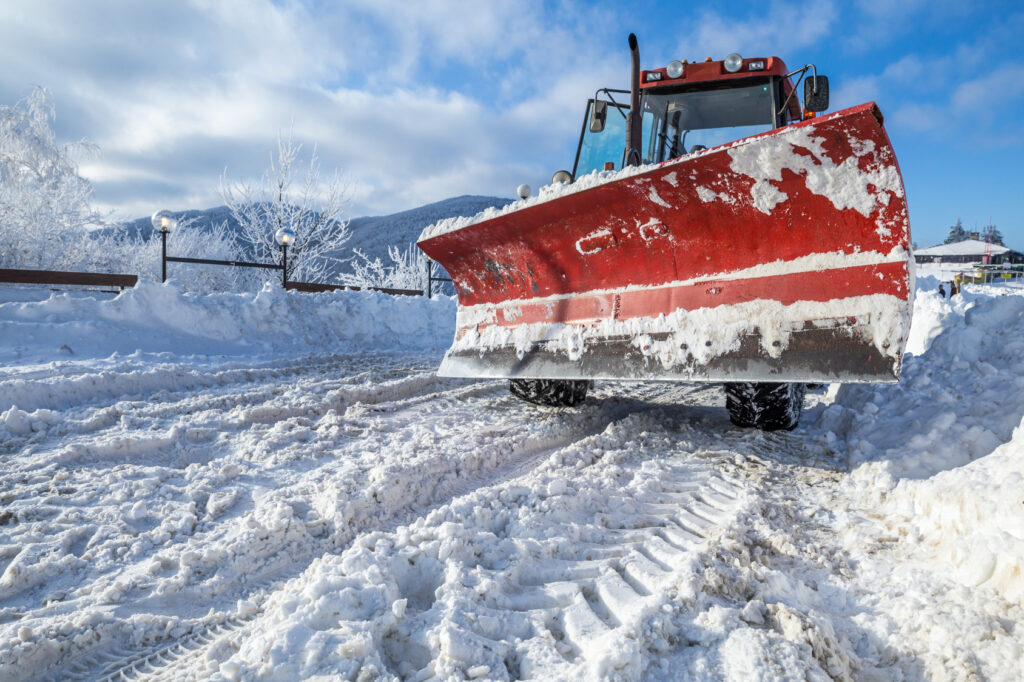
Certified Backflow Tester
We are compliant with the State of Missouri’s backflow prevention assembly tester certification regulations. diagnosis check valves, pressure vacuum breakers, and reduced pressure principle assemblies.
Reviews

Vicki Sigman
We are delighted to recommend Jeff and Gabris Landscaping. They have spent two weeks at our place resolving drainage problems and landscaping around our home for butterflies and bees. They requested our input every step of the way, stopping their work as needed to ask our opinion. We appreciate their professionalism, skill, integrity, hard work and friendliness. We are excited to invite them back to our home this summer/fall to continue our restoration project with new lights for our steps and more.
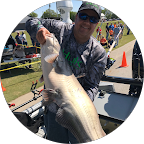
Bob Kononiuk
Gabris Landscaping has been doing an excellent job taking care of my lawn and landscaping needs for the past 8 years. All the employees are great especially Rylee. I feel Rylee cares about my lawn just as much as I do and his knowledge of landscaping, trees, etc. is tremendous. I love having people like that to count on.

Dan Bennett
Paul from Gabris Landscaping was a pleasure to deal with when servicing our irrigation system. Approachable and informed, he provided top-notch service and valuable insights. His work was efficient and effective. Highly recommended!

David Layman
I am very pleased with the work the Gabris team performed yesterday. The team led by Paul, went above and beyond my expectations. I highly recommend this landscaping company.

Linda Ayres
I highly recommend Gabris Landscaping! We had 3 retaining walls replaced and a new garden built to help with some drainage issues. They were great to work with from the initial consultation all the way until the project was finished. The work was done in 1/2 the amount of time expected and looked so much better than we expected. William, Paul, Galvin, and Jordan did the majority of the work and were very friendly and great to work with. They were very meticulous in making sure everything was done the way we wanted and went above and beyond what was expected. We will definitely use them for any outdoor projects in the future.

Chloe Bolyard
Paul took great care of our irrigation issues on a new-to-us home. He figured out why a zone wasn’t watering (had been cut in crawlspace). He communicated well before doing anything, and was honest about critical issues versus minor issues. We look forward to working with him again.
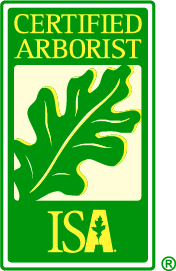
ISA Certified Arborist

Licensed Pesticide Applicator
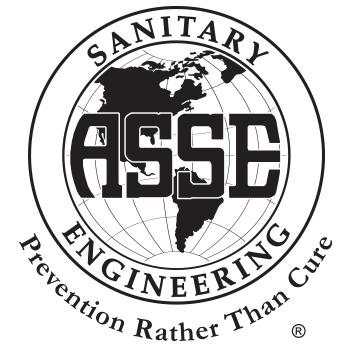
Certified Backflow Tester
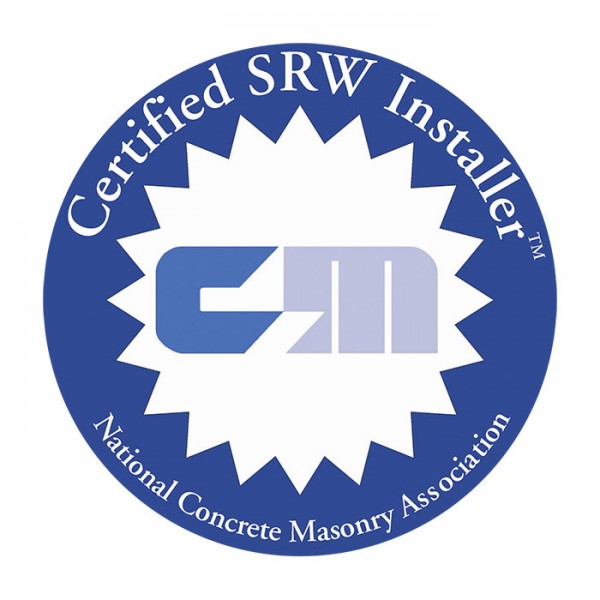
Certified SRW Installer
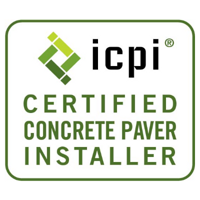
ICPI Interlocking Concrete Pavement Institute
From The Blog
- Gabris Landscaping
- Gabris Landscaping
- Gabris Landscaping
